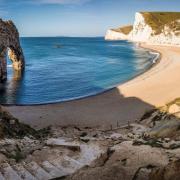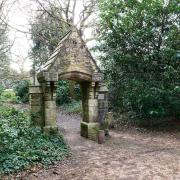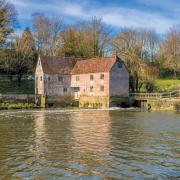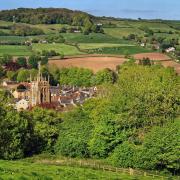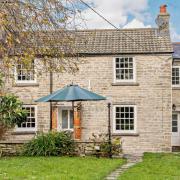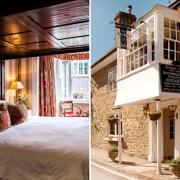Poole...past
By the mid-19th century, the collapse of the Newfoundland fisheries trade on which Poole’s 18th century wealth had been based left it rudderless and bankrupt. The mansions of the Newfoundland merchants had been converted into crowded unsanitary lodging houses. And the railway had only reached Hamworthy, cutting it off from the Quay and commercial heart of the Old Town.
The town’s initial saviour was its eastern neighbour, Bournemouth. Between 1851 and 1911, the population of the once tiny seaside resort grew from 695 to 78,674. Poole’s merchants and shopkeepers were quick to take advantage, supplying the building materials and timber needed to feed Bournemouth’s expansion. By 1900 West Quay was lined almost entirely with timber yards.
The kilns of potteries at Parkstone and Hamworthy provided drainage pipes and decorative roofing tiles for the new suburbs gobbling up the heath. Lines of barges laden with ball clay from Purbeck gathered at Town Quay, bound for the Staffordshire potteries. Not all the clay went north. In 1874 a semi-derelict pottery on East Quay was bought by builder’s merchant Jesse Carter. He added glazed and decorated wall tiles to the existing range. By 1900, the architectural ceramics from Carters’ Poole and Hamworthy Potteries were rivalling those of Staffordshire.
The railway finally reached Poole in 1872, when the Poole Junction Railway was opened between Broadstone and Poole. Two years later it extended to Parkstone and Bournemouth West. With tickets cheap and the service regular, travel between Poole and its neighbours – Broadstone, Parkstone, Branksome and Bournemouth became easier. New streets were laid out, initially at Longfleet and towards the workhouse off Ringwood, then Parkstone. The latter attracting more prosperous residents.
Much of this development was on land belonging to Lord Wimborne of Canford. He donated land for a library and School of Science and Art, his wife Cornelia paid for the town’s first hospital. They gave 40 acres to the Borough on land fronting Parkstone Bay on condition that it be laid out as ‘Peoples’ Park’. Poole Park with its lakes, tennis courts, bowling green, flower beds and miniature railway was opened by the Prince of Wales in 1890. Firm evidence of Poole’s transformation from bankrupt to boom town in a little over half a century.

Poole ...present
Brownsea: The inspiration for the Famous Five’s Whispering Island, and birthplace of the Scout movement, visit this National Trust sanctuary for wildlife via a ferry from Poole Quay, March to October. nationaltrust.org.uk
Arts Hub: Lighthouse Poole is the largest arts centre outside London. With a theatre, concert hall, cinema, studio and galleries, this trailblazing arts hub is the home of the Bournemouth Symphony Orchestra. lighthousepoole.co.uk
Cockle Trail: Follow cockle-shell shaped brass plaques set in the pavement to discover the town’s rich maritime heritage that shaped its fortunes in this 90-minute self-guided walk around Poole Old Town. pooletourism.com




